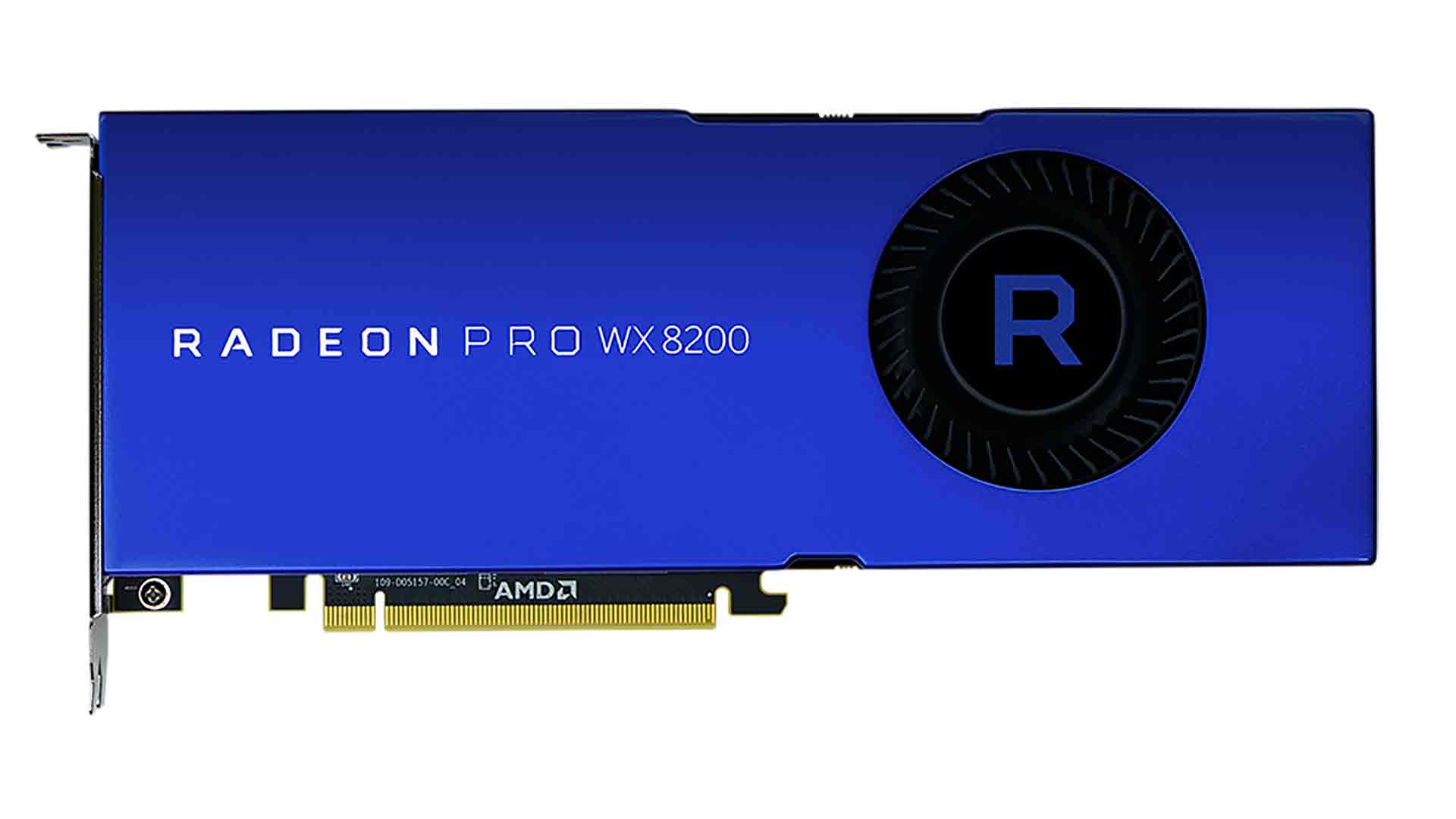
SIGGRAPH attendance held steady in 2018, with more than 16,500 coming to the show, according to conference organizer ACM SIGGRAPH. That’s on par with last year’s show at the Los Angeles Convention Center, which represented a significant uptick from the three years previous.
Showgoers’ time at the Vancouver Convention Centre was rewarded this year with an especially lively event. Nvidia dominated the news cycle with the release of its new Turing GPU architecture and RTX ray-tracing technology — and the widespread feeling, supported by any number of tech demos on the show floor, that hardware-accelerated real-time ray-tracing is about to become the new driving force in computer graphics technology.
“It truly is going to impact everything,” Lon Grohs, Chief Commercial Officer of Chaos Group, maker of the V-Ray rendering system, told StudioDaily this week. “Imagine you were working in 3D and never had to worry about a rasterized graphic ever again.” Then again, he did caution that Nvidia’s hardware was brand-new last week — Chaos Group had only 10 days to build a basic demo that would show the potential of rendering large, ray-traced environments in real time — and the technology is still in bleeding-edge status: “I think we’re still a little ways off from it taking over the world.” Also at SIGGRAPH, Chaos Group had betas of V-Ray for Houdini and V-Ray for Unreal, along with an expansion of the test program for its V-Ray Cloud rendering service.
Meanwhile, AMD had a sensible answer to Nvidia: the new AMD Radeon Pro WX 8200 card, which it positioned as an affordable, sub-$1000 workstation option for real-time visualization. The WX 8200 is based on the same Vega architecture as the more expensive (and more powerful) Radeon Pro WX 9100, with few changes, notably including a halving of the on-board RAM to 8 GB. And AMD kept up the pace of development for its Radeon ProRender engine, releasing new plugins for PTC Creo (CAD software) and for viewport rendering on open-source USD and Hydra systems.
Also during the show, AMD began shipping its second-generation Ryzen Threadripper 2990WX 32-core CPU, with a base frequency of 3.0 GHz (or boosted to 4.2 GHz) and 64 lanes of PCI3 Gen3. Three more, less-powerful processors in the line-up are set to ship later this year.
We will set our graphics free. #SIGGRAPH2018 pic.twitter.com/vAoSe4WgZX
— Intel Graphics (@IntelGraphics) August 15, 2018
Intel made a declaration of sorts during the show when it announced, via Twitter, that it’s developing its own graphics card — for release in, um, 2020. Something to look forward to at next year’s SIGGRAPH, perhaps.
The other big story at SIGGRAPH was machine learning, as programmers continue to look for ways to leverage AI techniques in creative toolsets. Machine learning is a key component in accelerated ray-tracing, which needs every shortcut it can find to reach real-time speeds. But Exhibit A for artists this year was probably Allegorithmic’s forthcoming Alchemist software for browsing a library of materials and developing new looks. Calling it a Swiss Army knife for materials might be doing it a disservice — think of it more like Adobe Lightroom. Alchemist looks to be so powerful and intuitive that it could make experimenting with materials a hobby for a range of non-technical users.
Machine learning was a dominant subject in research papers presented at the show, as well. Researchers from the University of Bern and the University of Maryland, College Park, presented a technical paper called “Faceshop: Deep Sketch-Based Face Image Editing” that explained the use of a convolutional neural network to create an interactive editing system that allows users to easily change facial expressions in images with a pen-stroke.
Video: Non-Stationary Texture Synthesis by Adversarial Expansion
Another paper, “Non-Stationary Texture Synthesis by Adversarial Expansion” looked at an AI technique that pits two neural networks against each other in a competition that rapidly ups the quality of synthesized but completely natural-looking textures. Watch it at work in the video above.
Video: Deep Video Portraits
Contributing to some anxiety over the future of “fake news” was the above presentation on “Deep Video Portraits,” featuring a refined technique for reanimating talking heads, transferring head positions, facial expressions, eyelines and eye-blinks from a source actor to a target video. Yes, you’ve seen this kind of thing before, but now it looks more realistic than ever. (And make sure to stick around until the end of the video to see a facial performance being modified in real time by clicking and dragging.)
Finally, here are the SIGGRAPH 2018 award-winners as announced by ACM SIGGRAPH:
Best Real-Time Graphics and Interactivity*
Cory Strassburger, Kite & Lightning
*This award was determined by a six-member jury and the live audience.
Emerging Technologies Best in Show
“Steerable Application-Adaptive Near-Eye Displays”
Kishore Rathinavel, Praneeth Chakravarthula, and Turner Whitted, UNC Chapel Hill, NVIDIA Corporation; Kaan Aksit, Josef Spjut, Ben Boudaoud, and David Luebke, NVIDIA Corporation; and, Henry Fuchs, UNC Chapel Hill
Computer Animation Festival Electronic Theater
- Best in Show – “Hybrids” by Florian Brauch, Kim Tailhades, Matthieu Pujol, Yohan Thireau, and Romain Thirion of MoPA (France)
- Best Student Project – “Overrun” by Pierre Ropars, Antonin Derory, Diane Thirault, Jérémie Cottard, Matthieu Druaud, and Adrien Zumbihl of Supinfocom Rubika (France)
- Jury’s Choice – “Bilby” by Liron Topaz, Pierre Perifel, and JP Sans of DreamWorks Animation (United States)
- Audience Choice** – “One Small Step” by Bobby Pontillas and Andrew Chesworth of TAIKO Studios (United States)*
**Vote tallied on-site after three consecutive screenings.
Best Art Paper
Tobias Klein, City University of Hong Kong

